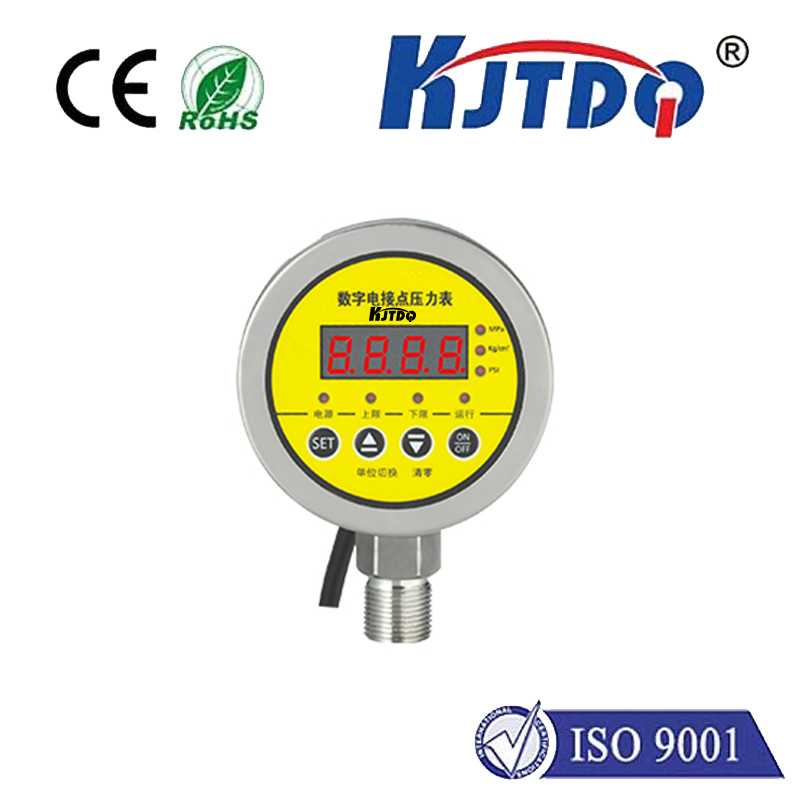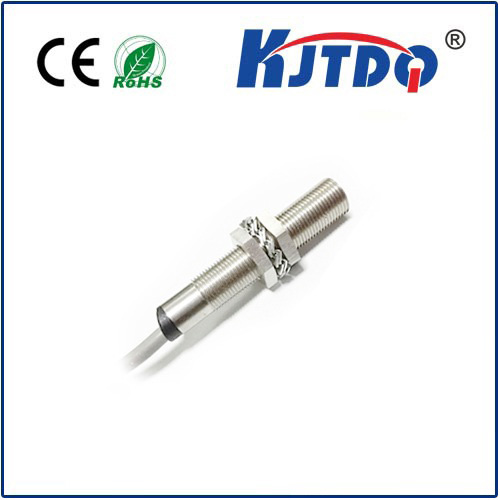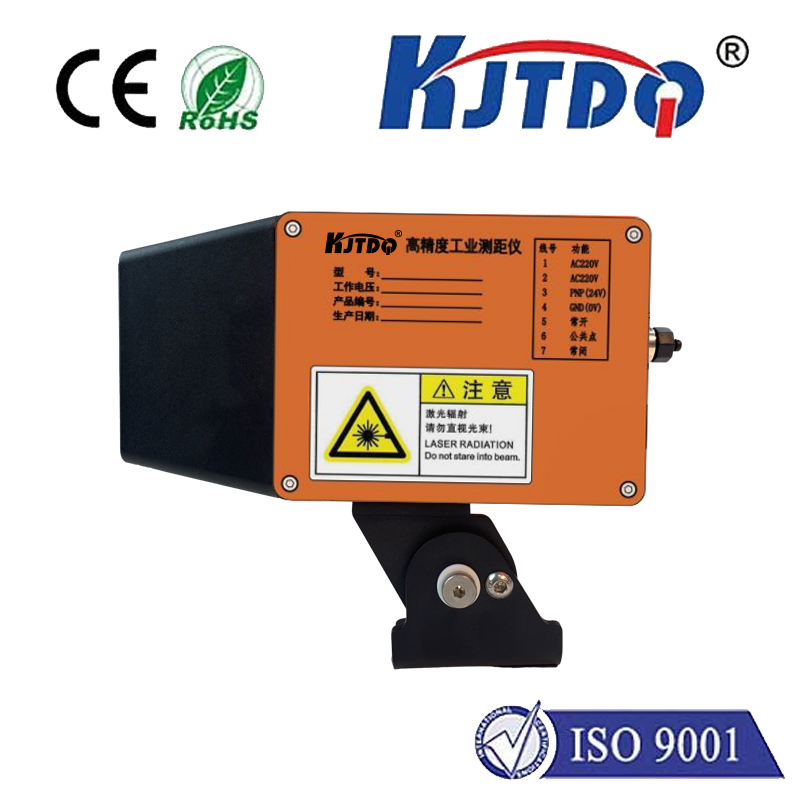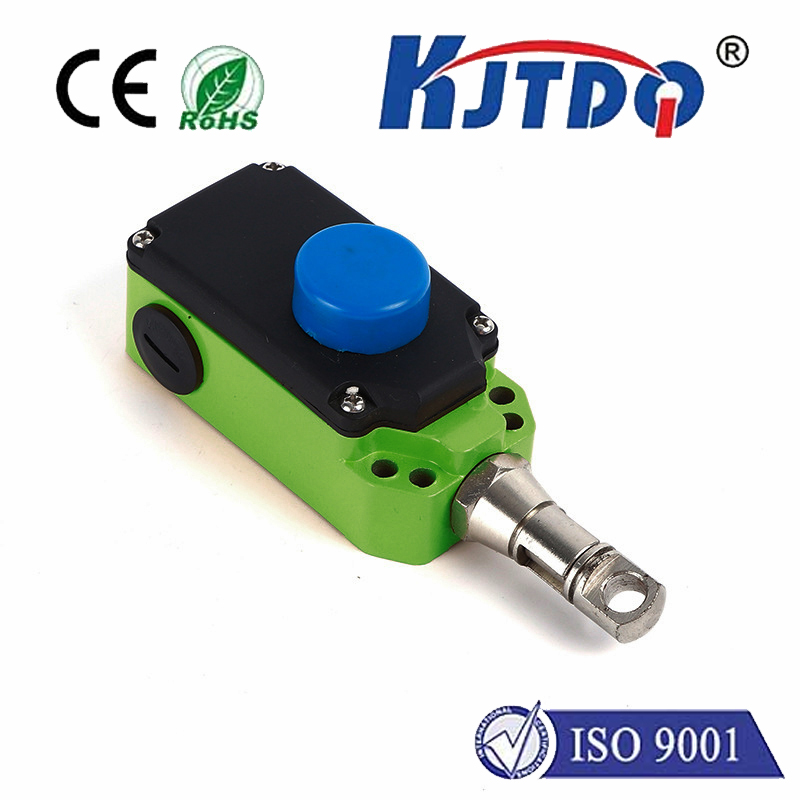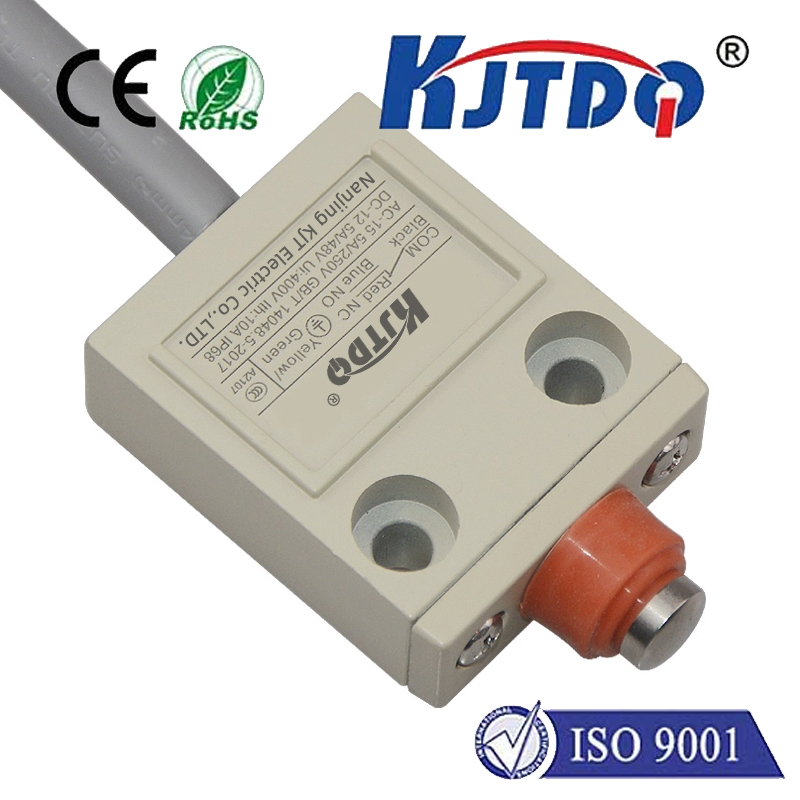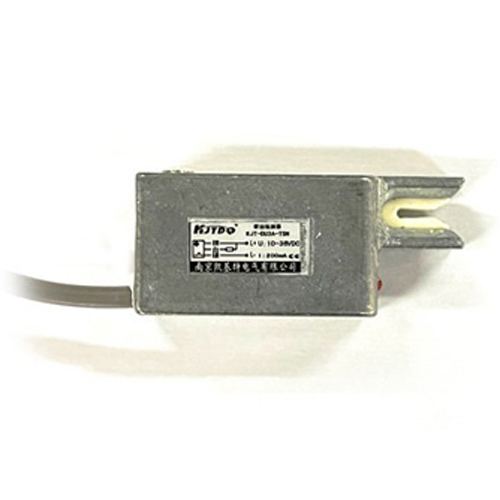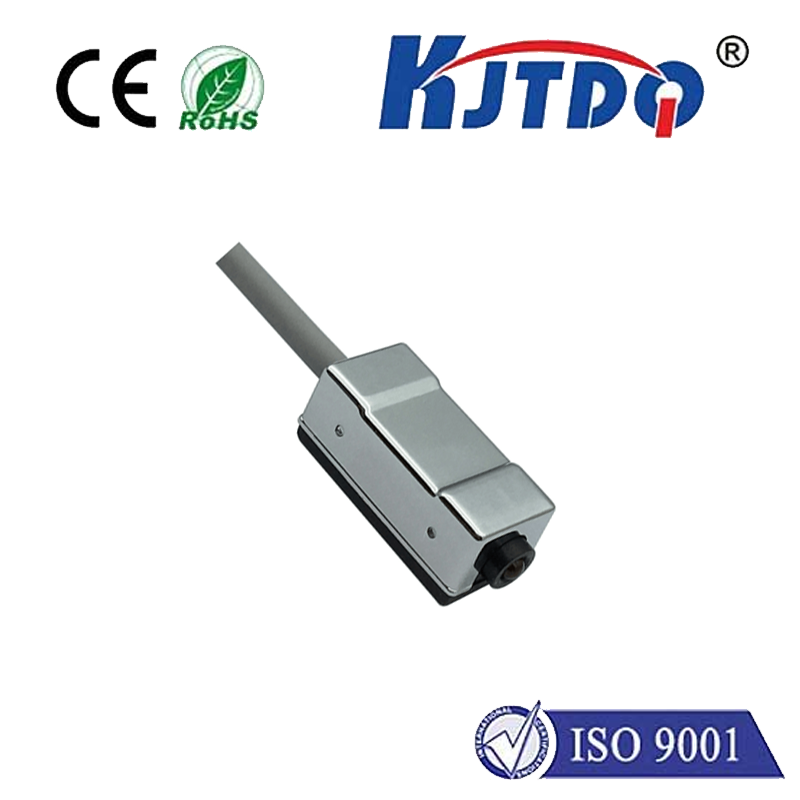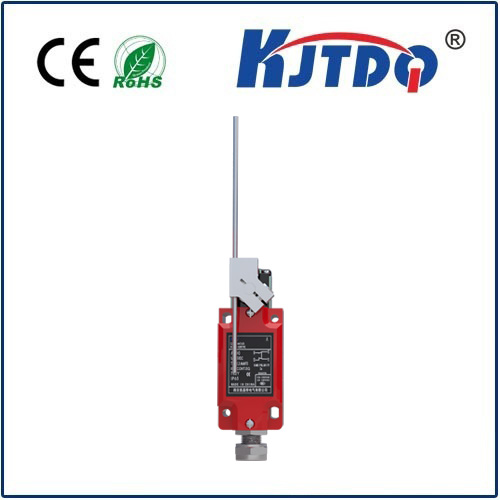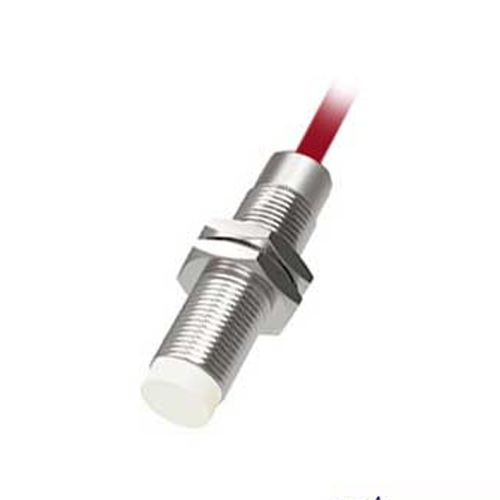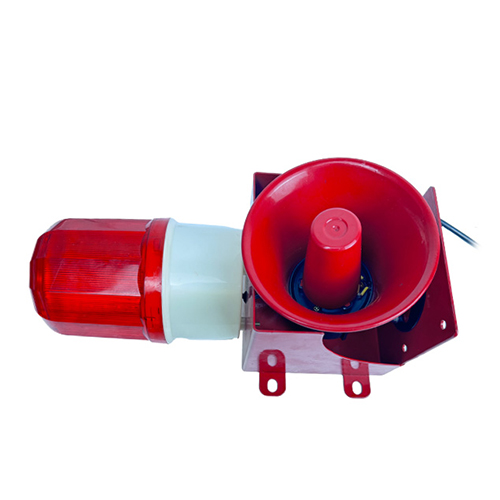

check

check

check

check
Fu-31 Optical Fiber Sensor: Enhancing Precision and Reliability in Modern Applications
In today’s rapidly evolving technological landscape, the demand for precision and reliability in sensing systems has never been higher. Among the latest innovations in this field, the Fu-31 optical fiber sensor stands out as a groundbreaking solution that combines the benefits of optical technology with advanced sensing capabilities. This article explores the key features, applications, and advantages of the Fu-31 optical fiber sensor, highlighting how it is transforming industries from manufacturing to healthcare.
The Fu-31 optical fiber sensor is designed to detect minute changes in light intensity, which are directly related to physical parameters such as temperature, strain, and pressure. Unlike traditional sensors that often rely on electrical signals, the Fu-31 uses optical fiber technology, offering a non-invasive, high-accuracy, and durable solution. Its ability to operate in harsh environments makes it ideal for use in industrial settings, aerospace, and medical applications.

One of the most significant advantages of the Fu-31 sensor is its high sensitivity. The sensor can detect even the smallest changes in light, allowing for real-time monitoring of critical parameters. This level of precision is crucial in applications where early detection of anomalies can prevent failures or ensure safety. For example, in structural health monitoring, the sensor can detect micro-strains in materials that are imperceptible to the human eye, enabling proactive maintenance.
Another key feature is its non-invasive nature. Since the sensor uses optical fibers, it does not require physical contact with the medium being measured, reducing the risk of damage or interference. This makes it particularly valuable in applications where traditional sensors might be difficult to install or could affect the performance of the system.
The reliability and durability of the Fu-31 sensor are also noteworthy. Optical fibers are known for their resistance to environmental factors such as moisture, dust, and temperature fluctuations. This ensures that the sensor can operate effectively in a wide range of conditions, from extreme heat to sub-zero temperatures.
In addition to its technical advantages, the Fu-31 sensor offers cost-effectiveness. While high-precision sensors can be expensive, the Fu-31 provides long-term value through its ability to reduce maintenance and downtime. Its design allows for easy installation and integration into existing systems, making it a practical choice for both new and existing infrastructure.
The applications of the Fu-31 optical fiber sensor are diverse and expanding. In the manufacturing industry, it is used to monitor the integrity of materials and structures in real time. In aerospace, it plays a critical role in ensuring the safety and performance of aircraft components. In healthcare, it is employed in medical devices for non-invasive monitoring of vital signs, such as blood pressure and heart rate.
Beyond its industrial applications, the Fu-31 sensor is also being explored for use in smart cities and environmental monitoring. Its ability to provide continuous, accurate data makes it an essential tool in managing urban infrastructure and environmental conditions.
In conclusion, the Fu-31 optical fiber sensor represents a significant advancement in sensing technology. Its combination of high sensitivity, non-invasive operation, and durability makes it a versatile and reliable solution across multiple industries. As technology continues to evolve, the Fu-31 sensor is set to play an even more important role in shaping the future of precision measurement and monitoring.
